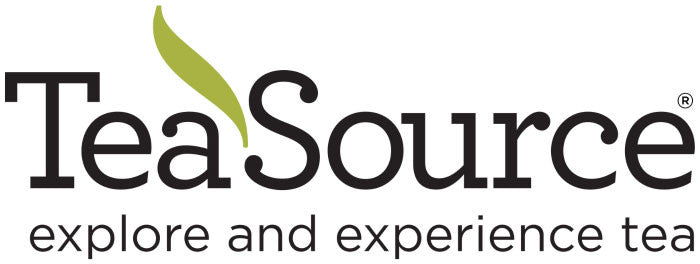
Assam teas are grown in low-lying plains in the delta of the Brahmaputra River in India where the climate is damp and tropical. Darjeeling teas are grown high in the foothills of the Himalayas, which is a much cooler, shady environment. Assam teas are full-bodied, malty, and thick. If you make a cup of Assam tea strong enough, you can almost stand a spoon up in it. India produces an incredible range of teas, and comparing the teas of Assam to the teas of Darjeeling illustrates this perfectly.
An Assam tea estate along the upper Brahmaputra River valley
Assam is by far the largest tea producing region in the world (30,285 sq. miles). Darjeeling is tiny (1,216 sq. miles).

In the cup, Assam teas tend to be thick and straight-forward, while Darjeelings tend to be delicate and nuanced. Assam tea liquor is deep dark red. Darjeelings are pale amber.
Assam teas stand up to other ingredients marvelously well like milk, sugar, and spices. This why they are often used as the base in chai recipes. Darjeeling teas, on the other hand, can be overpowered by a strong breeze.
Breakfast Assam is the base for TeaSource Chai
Assams are a working class kind of tea. Darjeelings are kind of hoity toity.

Drinking Assam in London.

Drinking Darjeeling in London.
Assam teas are mostly CTC (cut tear curl) teas, meaning that most Assam teas are processed to a large extent by machine. Darjeeling teas are mostly orthodox (handmade) production.

A roto-vane machine for production of CTC tea, common in Assam (Photo courtesy of T & I Global)
The tea plant native to the Assam region of India is called Camellia sinensis var. assamica. The leaves are broad and large. The Chinese variety, Camellia sinensis sinensis, is grown in Darjeeling because of the cooler climate. The leaves are small and delicate. On a chemical level, Assam teas develop their characteristic flavor, aroma, and body due to an abundance of thearubigins in their chemical stew. Darjeelings have many more theaflavins in their chemical make-up.

The chemical make-up of thearubigins, which give Assam teas their deep, red color and strong body.
Assam teas can also be complex and nuanced and most of the Assam teas at TeaSource are hand-processed. Check out the Assam Hattiali Estate for a phenomenally complex and wonderful tea.
SHOP ASSAM TEAS
Assam and Darjeeling teas are both fantastic. Both regions are incredibly beautiful with wonderful people.
A farmer’s market outside Guwahati, Assam
Take great joy in exploring the world of Indian tea and may your tea journeys someday take you to both of these fascinating regions.
Bill Waddington, founder
TeaSource





Comments
The greatest place to have amazing Tea. The Field of Tea is Here the largest farms of Tea in asia. Devans